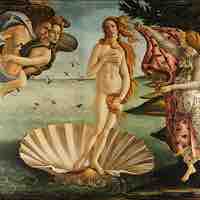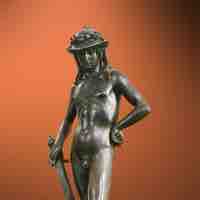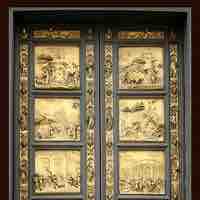Chapter 19
The Italian Renaissance
By Boundless
During the High Renaissance, architectural concepts derived from classical antiquity were developed and used with greater surety.
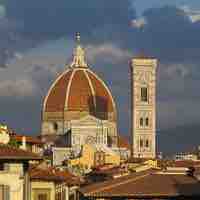
Renaissance architecture first developed in Florence in the 15th century and represented a conscious revival of classical styles.
Rome, the second Renaissance capital after Florence, was one of the most important architectural and cultural centers during this period.
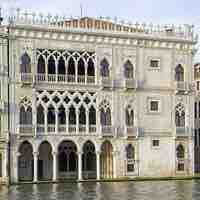
In the Veneto, the Renaissance ushered in a new era of architecture after a Gothic phase, which drew on classical Roman and Greek motifs.
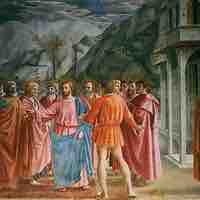
Renaissance painting was developed in 15th century Florence when artists began to reject the flatness of Gothic painting and strive toward greater naturalism.

After Masaccio's death Florentine artists built on his contributions to the use of perspective and light and shadow.
The High Renaissance refers to a short period of exceptional artistic production in the Italian states.
The term "High Renaissance" denotes a period of artistic production that is viewed by art historians as the height, or the culmination, of the Renaissance period.
Sculpture in the High Renaissance demonstrates the influence of classical antiquity and ideal naturalism.
Architecture during the High Renaissance represents a culmination of the architectural developments that were made during the Renaissance.
While Leonardo da Vinci is admired as a scientist, an academic, and an inventor, he is most famous for his achievements as the painter of several Renaissance masterpieces.

Raphael was an Italian Renaissance painter and architect whose work is admired for its clarity of form and ease of composition.

Michelangelo was a 16th century Florentine artist renowned for his masterpieces in sculpture, painting, and architectural design.
Giorgione, Titian, and Veronese were the preeminent Venetian painters of the High Renaissance.
Mannerist artists began to reject the harmony and ideal proportions of the Renaissance in favor of irrational settings, artificial colors, unclear subject matters, and elongated forms.
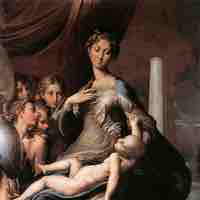
Mannerism emerged from the later years of the Italian High Renaissance, and is notable for its sophisticated and artificial qualities.
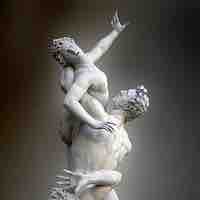
Mannerist sculpture, like Mannerist painting, was characterized by elongated forms, spiral angles, twisting poses, and aloof subject gazes.
During the Mannerist period, architects experimented with using architectural forms to emphasize solid and spatial relationships. They did so by deliberately playing with the symmetry, order, and harmony typically found in Renaissance architecture.

Mannerism concerned many Catholic leaders in the wake of the Reformation, as they were seen as lacking pious appeal.
